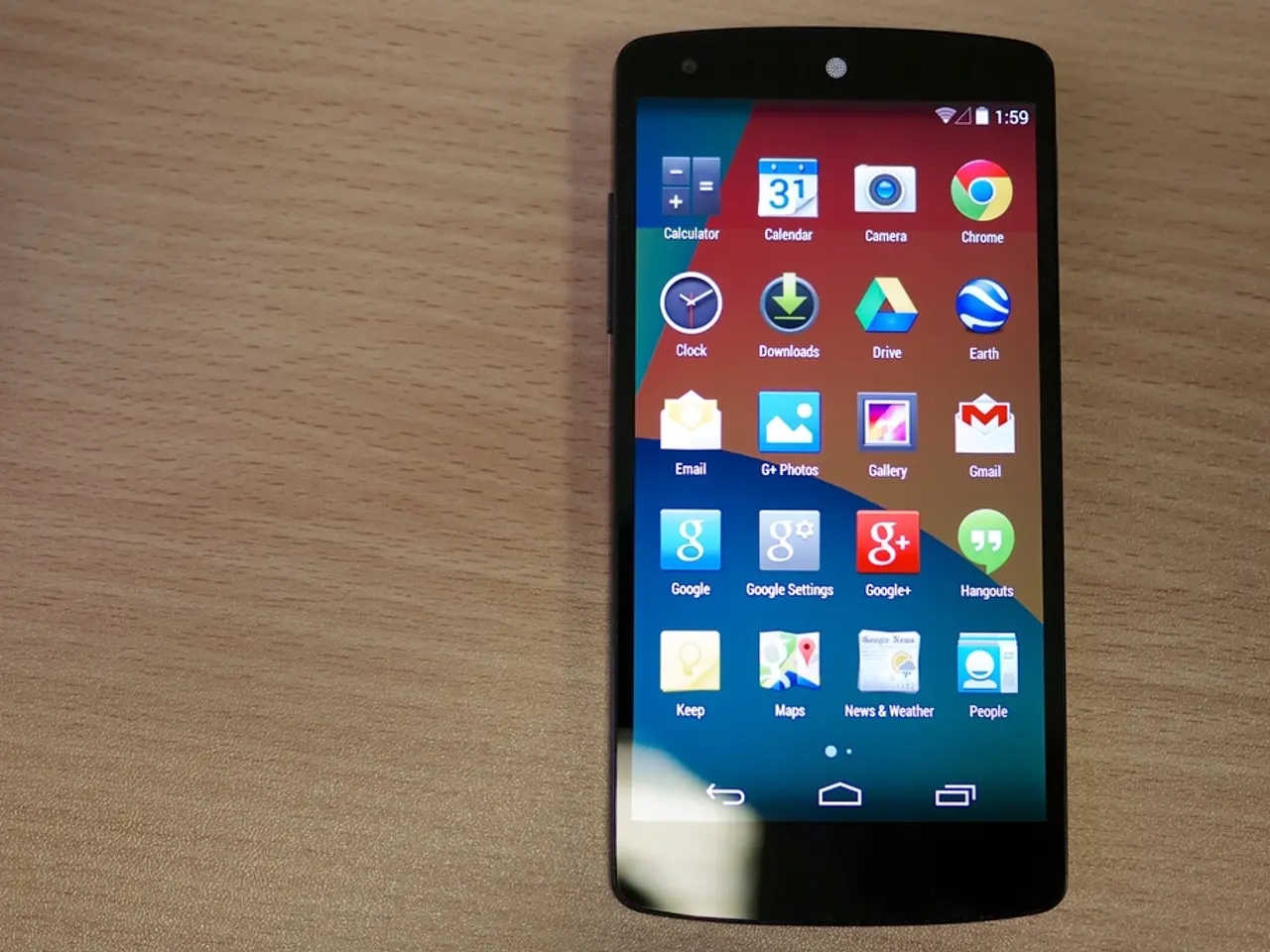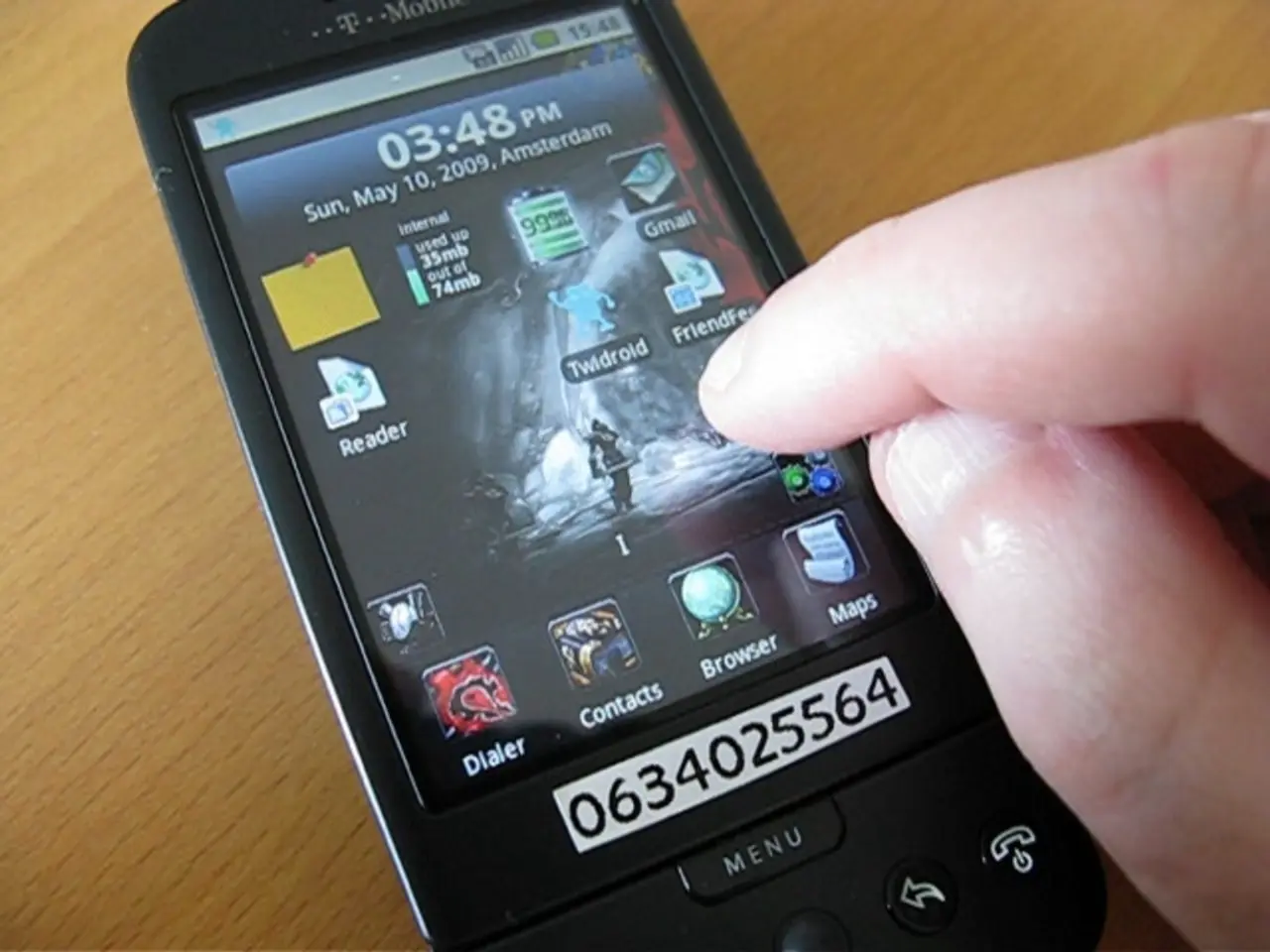Strategies for Crafting Mobile Designs Focused on User Experience
In the realm of digital product design, human-centered design (HCD) plays a pivotal role in shaping user experiences that are intuitive, accessible, and tailored to individual needs. When it comes to mobile user experience (UX), HCD takes on a unique form, adapting to the challenges and opportunities presented by the smaller screens, varied environments, and on-the-go interactions of mobile devices.
Embracing Context-Awareness and Adaptability
Mobile HCD must account for users’ changing contexts, such as location, activity, and time constraints. Designs should minimize repetitive interactions and adapt dynamically to the user’s current situation to reduce frustration.
Simplicity and Clarity
The limited screen real estate on mobile devices requires prioritizing simplicity in navigation, interface elements, and content presentation. Mobile designs emphasize clear, minimal interfaces that reduce clutter and cognitive load, ensuring fast comprehension and interaction within a limited attention span.
Accessibility and Readability
Mobile HCD places strong emphasis on accessibility, addressing visual impairments through high-contrast colors, legible typography, and inclusive features such as voice navigation. These considerations may be more crucial on mobile due to diverse lighting conditions and device variability.
Performance Sensitivity
Mobile users expect fast loading and responsive apps due to potential network variability and limited device resources. Effective mobile HCD emphasizes optimization of speed and responsiveness to reduce bounce rates and enhance retention.
Personalization
Leveraging user data for tailored experiences is especially impactful on mobile, where personalized content can lead to higher engagement and satisfaction, fitting individual users’ immediate needs and preferences.
Understanding User Needs and Business Requirements
When designing for mobile, it's important to begin by understanding business requirements and user needs. This process may involve conducting research to determine whether users need mobile web content or an app for your product.
Follow the Human-Centered Design Process
To create mobile experiences that delight users, it's necessary to follow all the steps of the human-centered design process. This includes defining the value proposition, creating a UX strategy, sketching and iterating solutions, and reflecting on the context inherent to mobile before moving ahead with the design.
For more design thinking frameworks, see "10 Insightful Design Thinking Frameworks: A Quick Overview". To gain a broader understanding of human-centered design principles, see the topic definition here. For a comprehensive exploration of HCD in the 21st century, consider Don Norman's course "Design for the 21st Century".
In conclusion, human-centered design for mobile UX is distinct in adapting human-centered design principles specifically to the unique physical, technical, and contextual realities of mobile use, ensuring immediate user needs and environmental factors are deeply integrated into design choices.
In crafting mobile user experiences (UX), understanding user needs and business requirements is crucial, often involving research to determine the best format for delivering content, be it mobile web content or an app. This knowledge drives the human-centered design (HCD) process, which starts with defining the value proposition and creating a UX strategy.
During the HCD process, designers prioritize simplicity and clarity in design, making effective use of limited screen real estate to ensure fast and effortless interactions. To minimize frustration, designs must adapt to users’ changing contexts, accommodating factors such as location, activity, and time constraints.
Accessibility and readability are cornerstones of mobile HCD, addressing visual impairments and ensuring content is legible across a variety of device types and lighting conditions. Performance sensitivity is equally important, as mobile users expect fast loading and responsive apps for a seamless experience.
To enhance user engagement and satisfaction, mobile HCD may incorporate personalization strategies that utilize user data for tailored experiences. Design for the 21st century emphasizes the integration of immediate user needs and environmental factors into design choices, delivering human-centered mobile experiences that cater to the unique realities of mobile usage.




